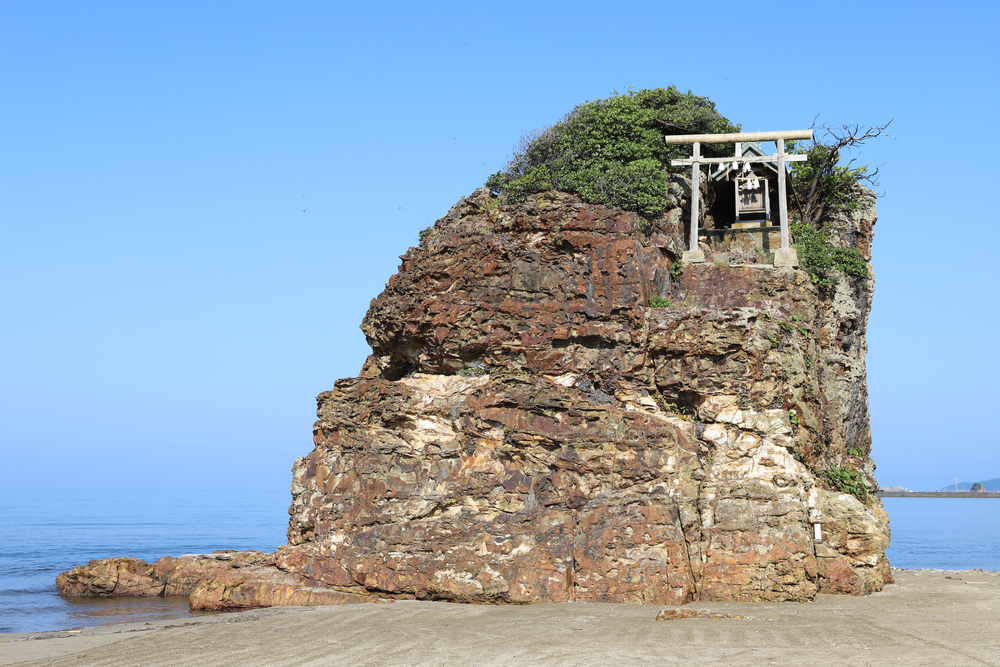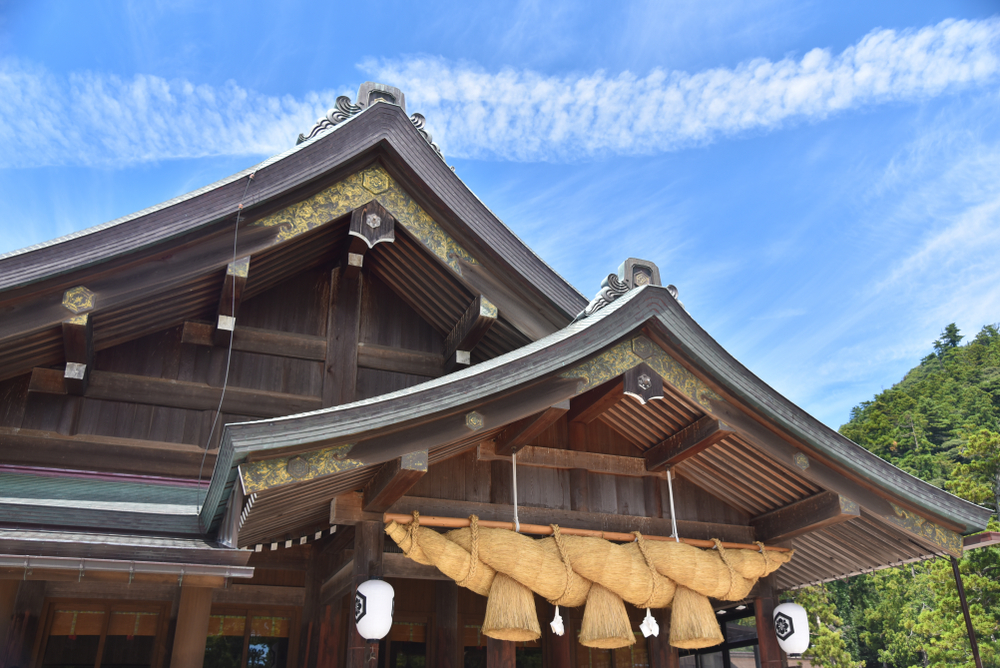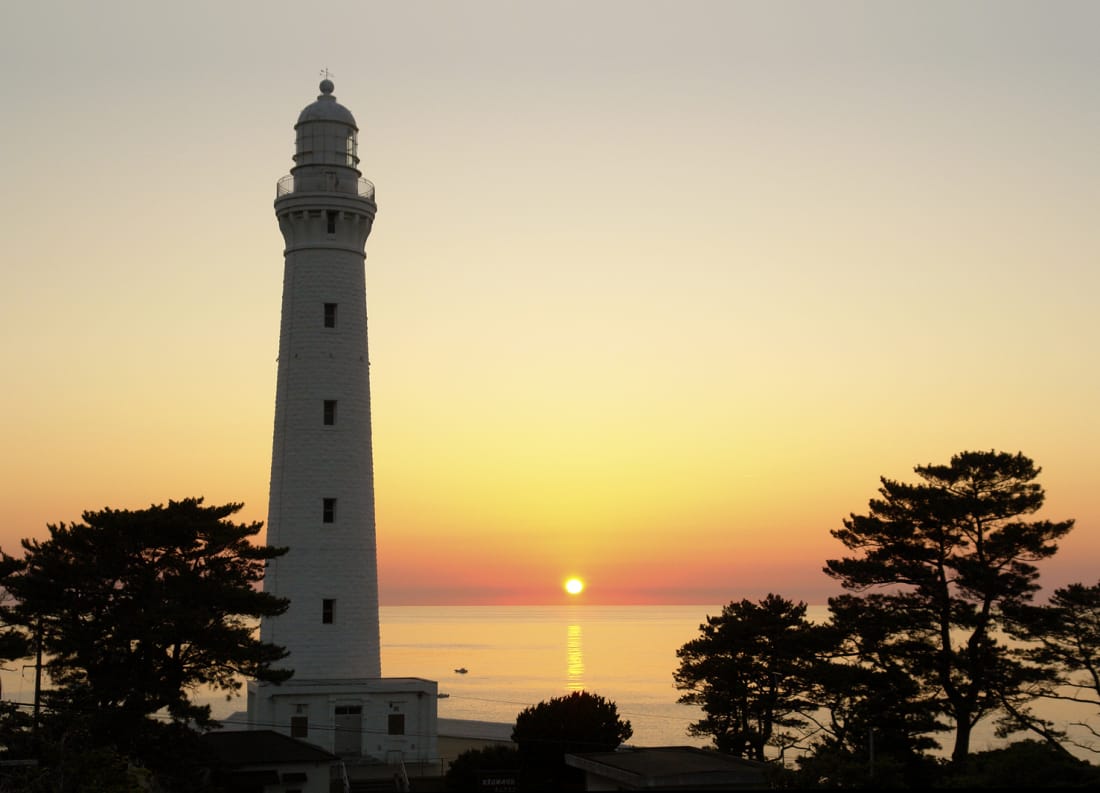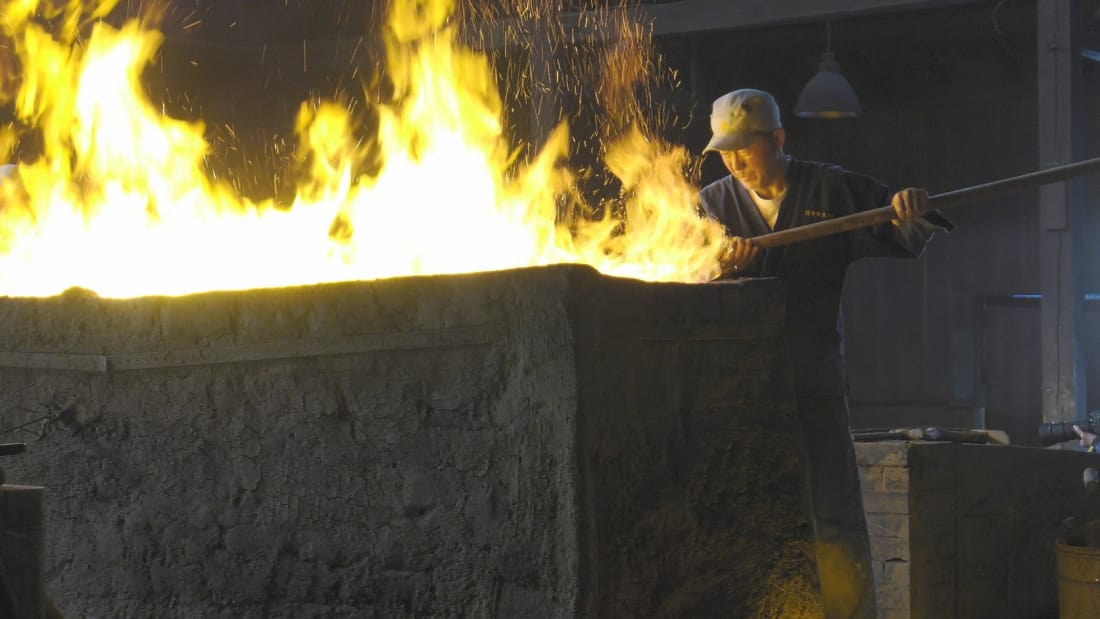The tranquil time from sunset through dusk, when the sky becomes tinged with intensifying shades of fiery orange-red before merging into the deep blues and purples of darkness, can feel magical anywhere in the world. In Izumo, Shimane Prefecture, when the sun disappears into the Japan Sea facing the Izumo Taisha Grand Shrine – one of the country’s oldest and most mysterious shrines – this time of day is literally understood as symbolizing a connection to the divine realms.
The Sun Sets on Izumo
The Nihon Shoki and Kojiki texts, which chronicle the historical myths of Japan, depict Izumo as “the place that connects to the other world beyond the seas into which the sun sinks.” Since ancient times, Izumo residents have watched the sunset not only to admire its dramatic effects – but also to pay respects to its sacred nature. Even the local dialect has a special evening greeting, “Banjimashite,” which indicates this region’s special connection with the sunset hour.
Prime spots to experience these sublime vistas include Hinomisaki Shrine, where the sun goddess Amaterasu is enshrined as a symbol of the sunset – another unique feature of the Izumo region, since she is normally associated with sunrises – and the nearby Hinomisaki Lighthouse, which offers sweeping ocean views. Perhaps the most auspicious location of all is Inasa-no-hama beach, located further down the coast at the foot of Izumo Taisha Grand Shrine.
At Benten-jima, a rock-like formation jutting out from the Inasa-no-hama coastline that is crowned with a tiny shrine, the full panoply of Shinto deities are ceremoniously welcomed to Izumo Taisha Grand Shrine each year during the tenth lunar month. Numerous worshippers from around the country visit the shrine during this period, which is a deeply auspicious time when the deities carry out such weighty duties as overseeing en-musubi (the relationships between people), as well as fulfilling the lofty task of deciding individuals’ destinies. While this time of year is known elsewhere in Japan as Kannazuki, the month without gods; in Izumo it is called Kamiarizuki, the month where the gods are present.

Photo by Carla Silene / Shutterstock.com
Izumo: A Land Steeped in Japanese Mythology
The shores that front Izumo Taisha Grand Shrine are also the site of the Kuniyuzuri (“handing over the nation”) Myth recounted within the Nihon Shoki and Kojiki records. This legend depicts the story wherein Amaterasu – who reigned over the heavens – convinced Okuninushi, who ruled the land below, to cede control of the earthly domain to her children. In order to show her gratitude for the gesture, she promised to enshrine him inside a palace built as high as the celestial realm: the Izumo Taisha Grand Shrine, where her descendants would serve him for the rest of time.
Izumo Taisha Grand Shrine’s importance is felt in other spheres of society including the sport of sumo, which is said to have originated on Inasa-no-hama beach. Wrestlers who have attained the level of yokozuna wear thick white ropes around their waists crafted from hemp, which symbolize the fact that they have attained god-like status. The ropes resemble those found at Shinto shrines (known as shimenawa), which similarly demarcate the division between the secular and sacred realms. One of the largest such ropes, an imposing 14-meter-long structure that weighs a hefty five tons, is found inside the shrine’s kagura-den (sacred dance hall).
Izumo: Legends Forged in Iron
Around 1.5-hour’s drive further inland, the lovely forested area of Okuizumo is home to the craft of tatara seitetsu, or iron-making, which retains a profound connection to the local region. According to legend, the deity Kanayago descended from the heavens on a white heron around 1,400 years ago and landed upon a katsura tree, where she revealed the process of creating iron by melting iron sand with charcoal found in the local mountains.
From around the mid-1700s through the mid-1800s, some 80 percent of the iron and steel produced around the country came from the local region. This in turn gave rise to a rich culture including the ornately adorned homes of ironworks owners, as well as the folk songs performed by those who transported the iron by boat.
Western-style blast furnaces began replacing the traditional iron furnaces in the early 1900s, however, with the last one closing in 1925. Nittoho Tatara (Nittoho Furnace), which opened in Okuizumo in 1977, is the only iron works today that uses traditional methods to produce iron and steel, including the tamahagane steel that is a necessary component for forging Japanese swords.
It is also said that the traditional craft of tatara seitetsu is depicted within the Yamata no Orochi story of Iwami Kagura – the local traditional folk dance performed throughout Shimane Prefecture – wherein the eight-headed, eight-tailed serpent symbolizes a river overflowing due to iron sand mining, and the sword clutched within its tail is thought to refer to iron making.
Of course, a visit to Izumo and environs would be most auspicious during the time of the gods’ yearly divine convention in autumn. Any time of year is ideal, however, to experience this incredibly atmospheric region, which continues to be infused by a profound sense of history still today.
Sponsored Post
Updated On June 6, 2022











